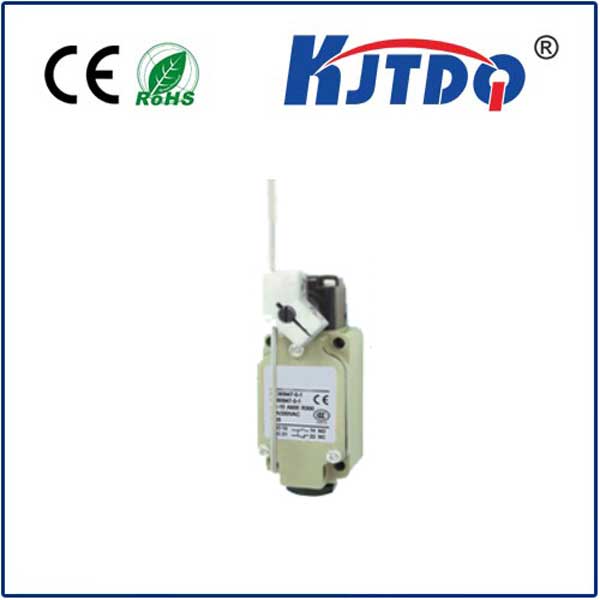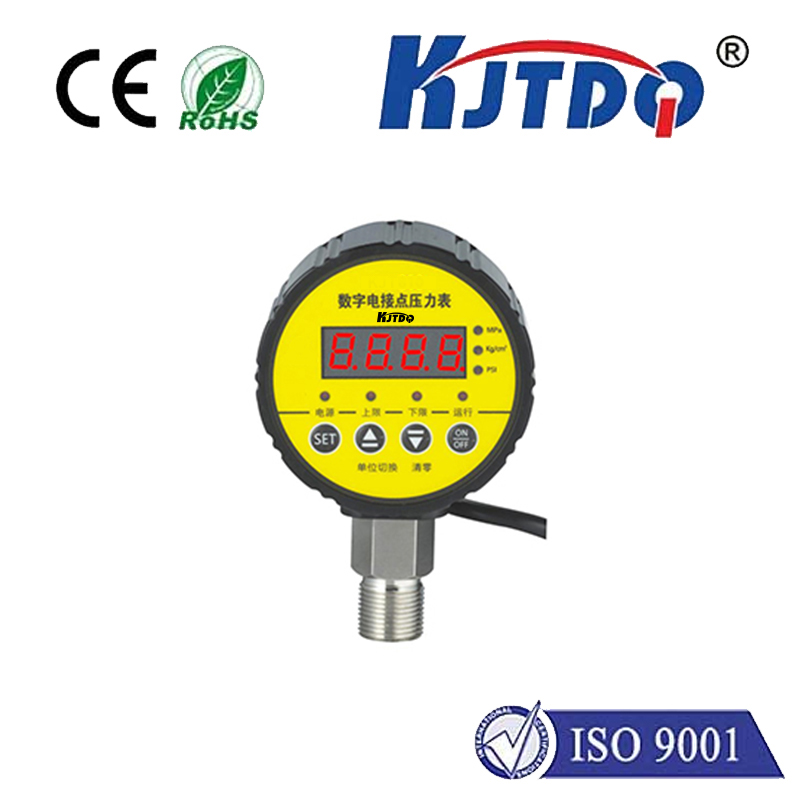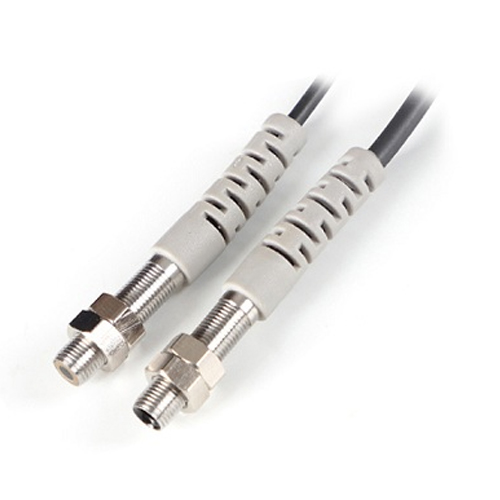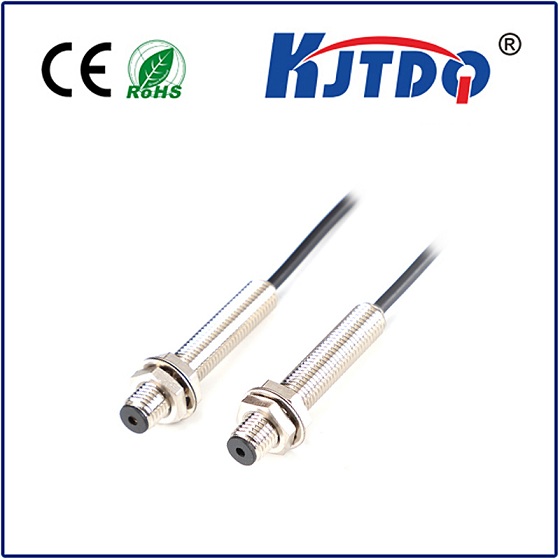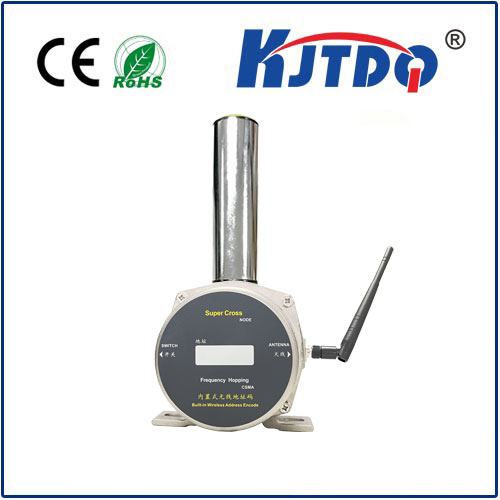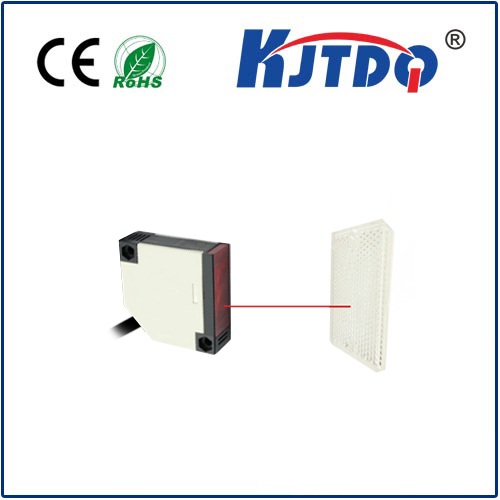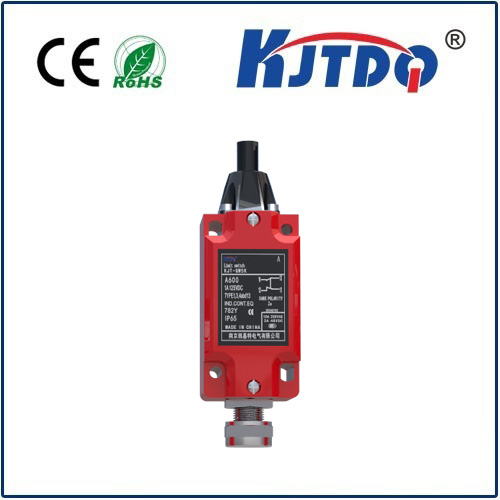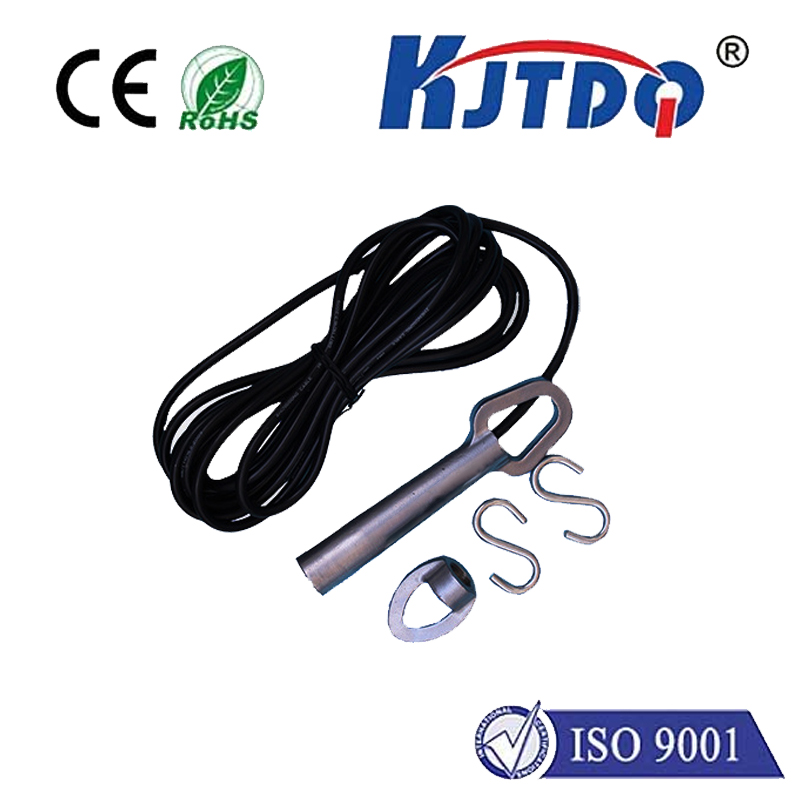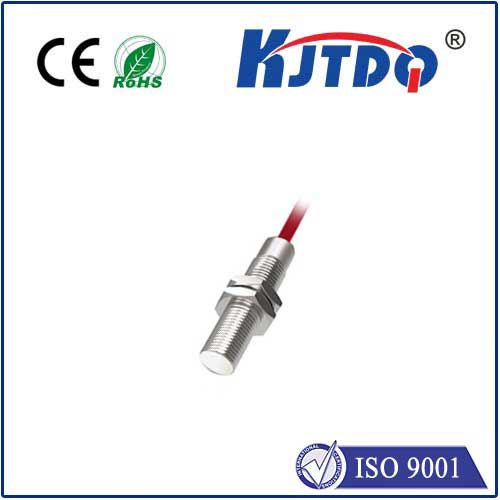smt sensor
- time:2025-08-29 02:44:12
- Click:0
SMT Sensors: The Silent Sentinels Powering Precision Electronics Assembly
Ever wonder how the intricate circuit board inside your smartphone, laptop, or car stereo gets assembled with near-flawless precision, billions of times a year? The answer lies deep within the high-speed, automated world of Surface Mount Technology (SMT) manufacturing. And the unsung heroes ensuring this microscopic accuracy and relentless efficiency? SMT Sensors. These sophisticated components are the invisible eyes, ears, and fingertips of the modern SMT production line.
SMT has revolutionized electronics manufacturing, enabling the placement of tiny components – resistors, capacitors, integrated circuits (ICs), sometimes smaller than a grain of sand – onto Printed Circuit Boards (PCBs) at astonishing speeds. This miniaturization and speed demand unprecedented levels of control and feedback. Enter SMT sensor technology, the critical element that bridges the gap between the programmed instructions of the machine and the dynamic, sometimes unpredictable, reality of the physical assembly environment.

Understanding the SMT Sensor Landscape: More Than Just a Component
An SMT sensor is not a single device but a broad category encompassing various specialized sensors integrated into different stages of the SMT assembly process. Their core function is to monitor, measure, verify, and provide real-time feedback to the machinery and control systems, ensuring every step adheres to strict specifications.
Key Types of SMT Sensors and Their Critical Functions:
- Laser Sensors & Height Sensors: Crucial for precise component placement, these measure the coplanarity (flatness) of leads on packages like BGAs (Ball Grid Arrays) or QFNs (Quad Flat No-leads). They also verify component presence and height before placement, preventing errors like missing components or tombstoning (where one end lifts off the pad). They provide the critical Z-axis data for precise downward force application during placement.
- Vision Sensors & Cameras: The workhorses of automated SMT inspection. These high-resolution cameras perform tasks like:
- PCB Fiducial Mark Recognition: Aligning the PCB with extreme accuracy before component placement begins.
- Component Inspection: Verifying component type, polarity, orientation, and dimensions before pick-up and placement.
- Post-Placement Inspection: Confirming correct component placement, alignment, and absence of defects like shifting or skew immediately after placement.
- Solder Paste Inspection (SPI): Dedicated systems using advanced optics (often 3D) to meticulously measure the volume, height, area, and alignment of solder paste deposits on PCB pads before component placement. This is vital for preventing soldering defects later.
- Pressure Sensors: Integrated into the placement heads or nozzles, these sensors monitor the force applied during component placement. Too much force can crack delicate components or damage the PCB. Too little force might result in poor contact or misplacement. Precise force control is non-negotiable for high yields.
- Thermal Sensors: Found within reflow ovens, these sensors continuously monitor temperature profiles across different zones. Maintaining the exact temperature curve dictated by the solder paste and component specifications is absolutely critical for achieving reliable solder joints without damaging components. Thermocouples and infrared sensors provide this essential feedback.
- Positional Sensors (Encoders, Linear Scales): These provide continuous, high-resolution feedback on the exact position of the placement head (X, Y, Z axes) and conveyor systems within the SMT line. They are the foundation for repeatable, micron-level accuracy in component placement.
- Photoelectric Sensors: Used for basic presence/absence detection – confirming a PCB has entered or exited a machine, triggering processes, or ensuring feeders are loaded.
Why SMT Sensors Are Indispensable: The Impact on Manufacturing
The integration of these diverse sensors transforms an SMT line from a simple automated machine into a sophisticated, adaptive, and self-correcting system. Here’s how sensor feedback creates tangible benefits:
- Uncompromising Quality & Reduced Defects: Real-time detection of misalignments, missing components, incorrect parts, or solder paste issues allows for immediate intervention – often automatic correction or rejection – preventing defective assemblies from proceeding down the line. This drastically lowers PPM (Parts Per Million defect rates) and costly rework/scrap. Automated Optical Inspection (AOI) and SPI are impossible without advanced vision sensors.
- Maximizing Uptime & Efficiency: Sensors prevent catastrophic errors that could jam machines or cause significant downtime. Monitoring component feeder status, paste levels, and machine health allows for predictive maintenance and smoother operation. Minimizing unplanned stoppages is key to high Overall Equipment Effectiveness (OEE).
- Enabling Miniaturization & Complexity: As components shrink to 01005 (0.4mm x 0.2mm) and below, and package densities increase (e.g., ultra-fine-pitch BGAs), the margins for error vanish. Only sensor feedback systems possess the precision and speed required to handle these challenging placements reliably. Sensor technology is the enabler of next-generation electronics.
- Process Optimization & Data-Driven Decisions: The constant stream of data from sensors feeds into Manufacturing Execution Systems (MES). This allows engineers to analyze trends, pinpoint process bottlenecks, fine-tune parameters, and continuously improve yield and throughput. Sensor data is the lifeblood of smart manufacturing.
Choosing and Integrating SMT Sensors: Key Considerations
Implementing effective SMT sensor solutions isn’t plug-and-play. Factors include:
- Resolution and Accuracy: Matching sensor capability to the required precision level (e.g., micron-level for placement, sub-micron for SPI).
- Speed: Sensors must operate at high speeds to keep pace with modern chip shooters without creating bottlenecks.
- Reliability & Robustness: SMT factory environments can be demanding (vibration, dust, thermal fluctuations). Sensors need industrial-grade durability.
- Integration: Seamless communication with machine controllers and factory networks (e.g., SECS/GEM, OPC UA) is essential for closed-loop control and data analytics. Interoperability is crucial.
- Software & Algorithms: The intelligence behind vision and inspection sensors – their ability to accurately identify defects amidst complex backgrounds – is driven by sophisticated image processing and AI algorithms.
The Future: Smarter Sensing for Smarter Factories






